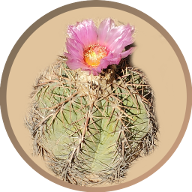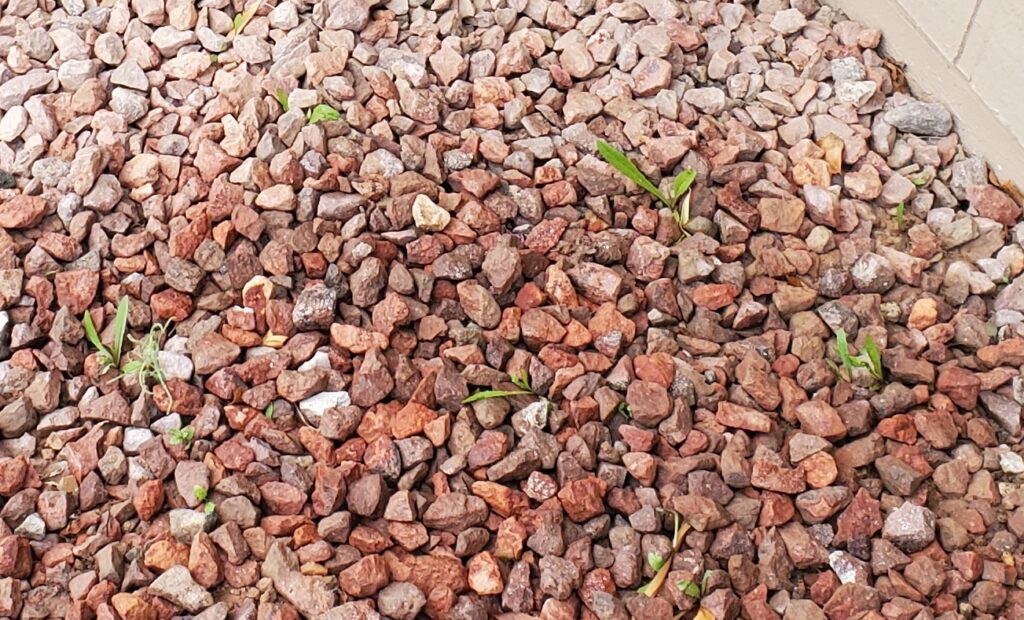
When I first started gardening I thought it was the most miserable chore. The more I learn about plants, the more I find that is not true anymore. Weeding can be interesting if you know what to look for.
What is a weed? Look it up. This is one of those common terms that we use all the time but it does not have a good definition. A weed is just any plant that is growing on its own in a place that we don’t want it to be. It is a subjective label that everyone decides on their own. For example, my neighbor’s Chinese jujube tree grows sprouts in my yard and I pull those weeds because I don’t want that plant in my garden. On the other hand, my brittlebushes (Encelia farinosa) propagate themselves throughout my yard and I nurture the young ones and collect them in pots when they are mature.
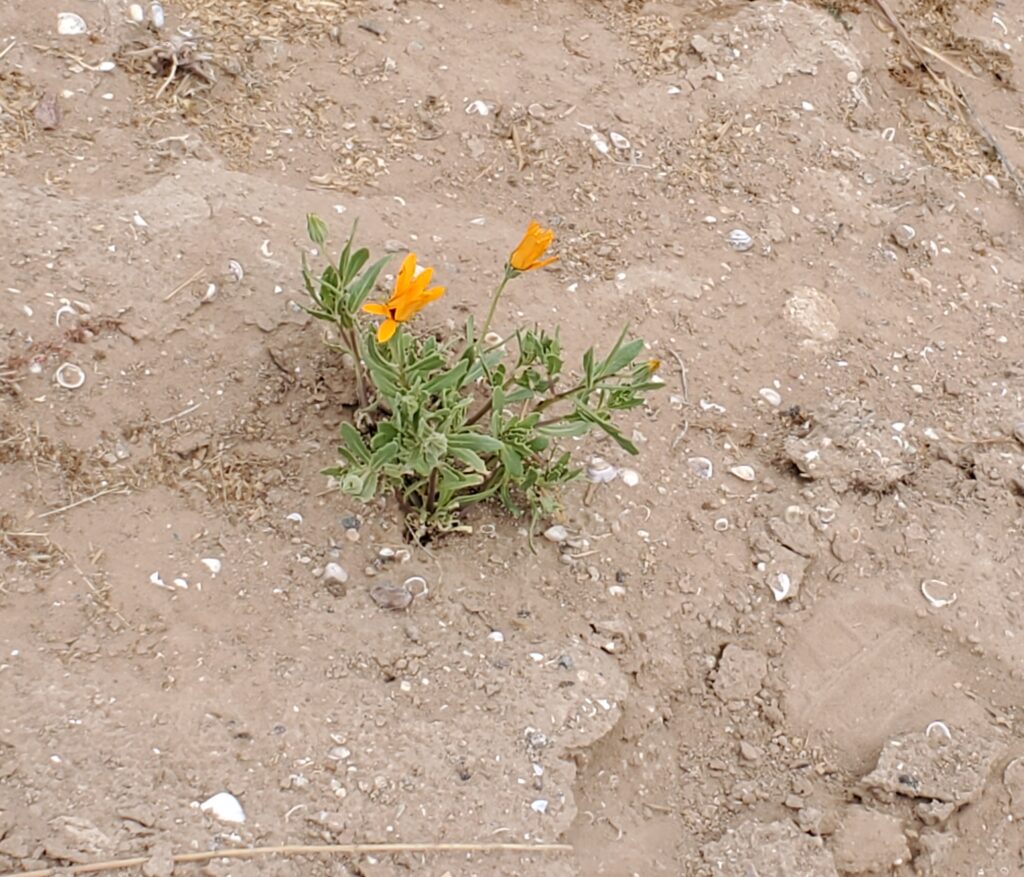
Most people approach weeding by just killing everything that has sprouted. They usually don’t know what the plants are, but if it wasn’t planted by the gardener then it must die. This type of weeding is miserable. Learn to identify plants, and if you need help use an app. Once you develop some skill at this, then weeding becomes a treasure hunt. Of those young sprouts, you will find plants that you desire.
I have struggled for years to grow superstition mallow (Abutilon palmeri) from seeds. I’m not sure what the secret is. One day, I was picking weeds under my ironwood tree (Olneya tesota) and I found a strange weed with fuzzy blue-green leaves. It was a superstition mallow that had grown from the scattered seeds of the parent plant! Unfortunately, in my mindless plucking I had uprooted it with violent force and it would not recover. It was a good lesson for me in being mindful while weeding. There are wonderful plants that grow naturally from seeds and you don’t want to miss them.
If you do find a desireable plant, don’t try to transplant it immediately. It may not be established enough to endure the stress of transplantation. Water it and protect it for several months first. If it is growing in an appropriate area of your garden, just leave it, plants are always stronger if they continue to grow from where they first sprouted.
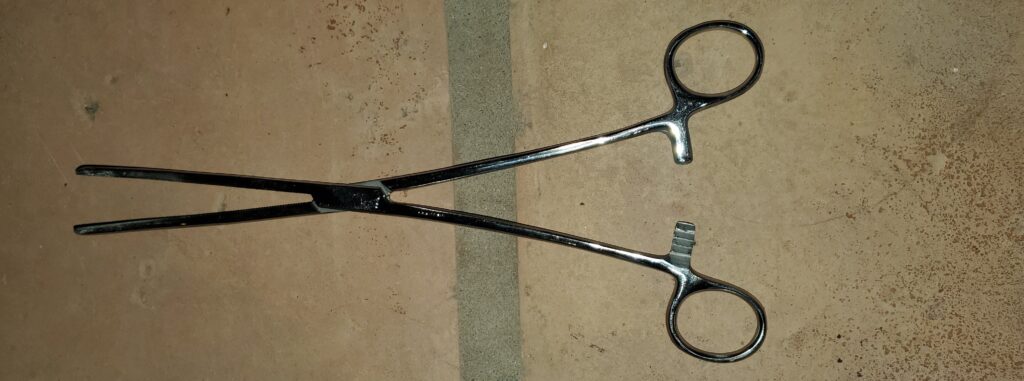
For the plants you identify that you do not wish to keep (weeds!), you can remove them. The best way is to pull them by hand. If it is dry and hot, they probably won’t survive even if the roots are not pulled. If it is wet, you need to try to pull the roots too. Make sure you pull them before they go to seed!

Early on in my gardening I experimented with lanscape cloth for blocking weed growth under the gravel mulch. It took a lot of extra effort to install and it did not work well for stopping weeds. I found weeds growing through the cloth from both sides. The cloth also makes working in your garden (fertilizing/transplanting) more difficult because it is always in the way. I thought it would be good for the environment because it would save on herbicides, but it is actually bad for the environment. It blocks insects like solitary bees from making hole in the ground. At the end of its short life, it creates a lot of non-biodegradable garbage.
Using a thick layer of gravel mulch does not work for stopping weeds either. My friend ordered about four times too much gravel for his tiny back-yard, and spread it on anyways. When it rains he still gets tons of weeds growing through the 10″ of gravel. It may be useless at stopping weeds but it seems to work at stopping gardening. Thick gravel is a nightmare for planting and growing plants. I recomend using a thin (single) layer of gravel mulch only.
Using herbicides is bad for your garden, unhealthy for you and other animals, and bad for the environment. In Arizona most people mix glyphosate with tap water creating a useless mix of dangerous chemicals that is pathetic at killing weeds. Arizona has extremely hard water (lots of dissolved minerals), and this is known to de-activate glyphosate so that it cannot kill weeds.
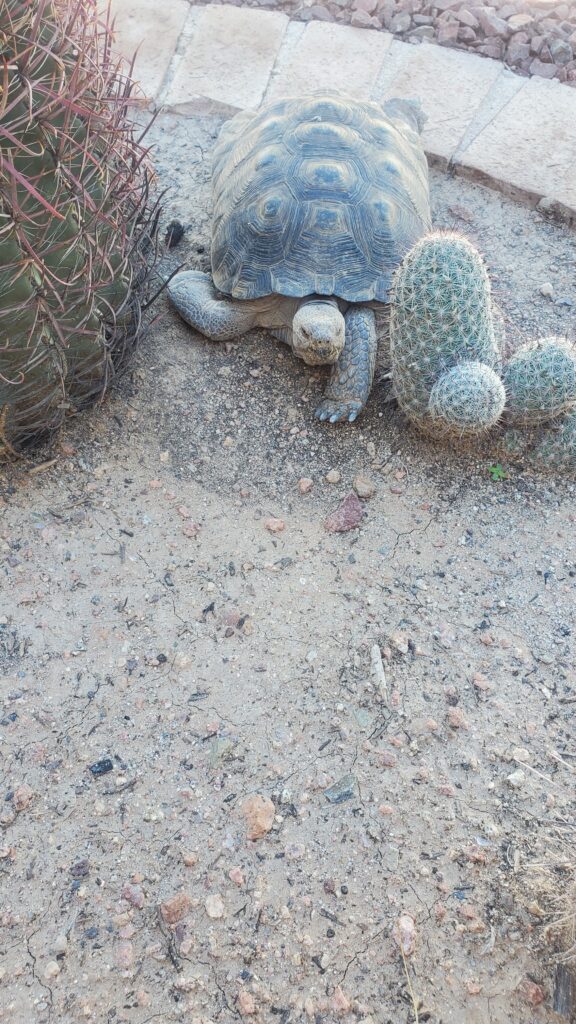
The desert tortoise “Hamm”, who lives in my back-yard, likes to eat weeds. Fresh sprouts are his favorite. The yard must be kept free of all herbicides and fertilizers that could be toxic to Hamm. But why would anyone want to create a toxic yard anyway?
